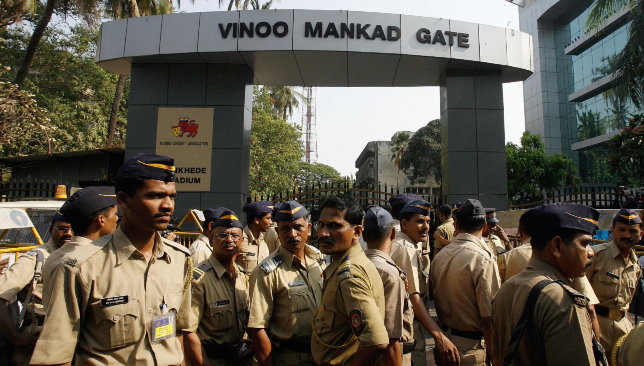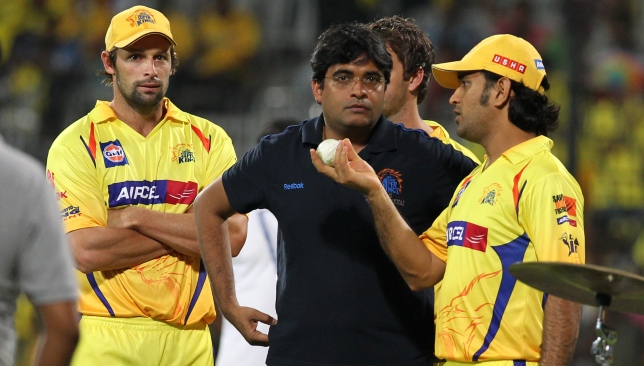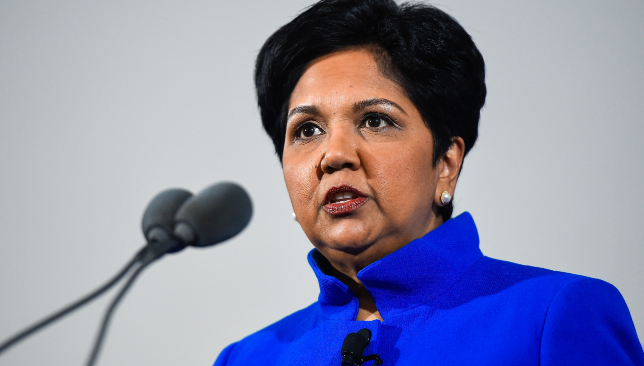
Five years back, a purge began in Indian cricket in the aftermath of the IPL spot-fixing controversy when the Supreme Court stepped in after the BCCI failed to set its house in order following the 2013 scandal.
The BCCI had given two IPL franchises – Chennai Super Kings and Rajasthan Royals – a clean chit in the scandal which saw World-Cup winner S Sreesanth, among other players, accused of corruption. Team officials of Rajasthan and Chennai had been accused of being involved in betting. When the BCCI gave the team officials the all-clear, the wheels of justice were set in motion.
The case went to the Supreme Court of India and in 2014, evidence of corruption was found against Chennai management member Gurunath Meiyappan – son in law of the then BCCI boss N Srinivasan who was the managing director of the company which owned CSK – and Rajasthan co-owner Raj Kundra.
In 2015, the two franchises were suspended for two years and by that time, a thorough clean-up of the entire BCCI system was under way. The court had appointed a panel led by former chief justice RM Lodha to recommend a new set of rules regarding administration.

Former Chennai Super Kings official Gurunath Meiyappan.
In 2016, the panel recommended major changes, including that on tenure of officials and conflict of interest. But some were deemed to be impractical or unfair.
The BCCI was given six months in 2016 to implement all recommendations, but the board didn’t. BCCI’s then president Anurag Thakur was asked to step down and a Committee of Administrators (COA) was set up to oversee the day-to-day running of the board until such time the house was in order.
After nearly 18 months, modifications to the original order were made by the Supreme Court in August. While the essence of the original recommendations remain, the final changes address some key reservations of the Indian board.
The original set of recommendations asked for any official to be allowed just one term of three years at the BCCI or state association and take a time off of three years. It also took away the full voting right of historically significant local associations like Mumbai, Baroda among others and handed it to states; to even those with next to no cricketing background. Also, incredibly, it reduced the number of selectors to three from five.
The Supreme Court accepted the BCCI’s objections and stipulated that officials can now serve six years at a stretch in the board or state bodies after which they need to be away for three years. It restored the full voting rights of historically significant bodies and also increased the size of the selection panels for men’s, women’s and junior cricket to five each.
While many in the BCCI are seeing it as a victory with a few recommendations proved to be untenable, thus vindicating their original apprehension, the fact is the BCCI has been wiped clean and most of those who ran the show earlier out for good. Many of the bigwigs of Indian cricket administration have already served multiple terms in BCCI and won’t be allowed a way back in any capacity. There are various other points which are significant for Indian cricket and local associations.
But what does all of this mean? Why should it matter to those outside India?
Firstly, it was incredulous to the point of being fascinating to see simple changes in rules taking nearly five years (two years if you look at just court cases) to be implemented. What could have been handled during a handful of honest meetings got dragged to the court which resulted in a vacuum being created in the Indian board. The court-appointed Committee of Administrators took over the running of the board and in the absence of the any decision making authority, the BCCI was in limbo.
“Yes, a lot of time was wasted on obstruction and resistance to reforms,” says Neeru Bhatia, sports writer at The Week magazine who has covered the BCCI and its court proceedings closely.
“A lot of people are now asking, ‘what did you get out of it?’ There was a lot of uncertainty. Associations were deprived of money at the right time. All this for the ego of a handful of people who wanted to remain in the BCCI. Actually nothing has been gained because the very same people are out now.”
Former India cricketer and World Cup-winner Madan Lal believes that while the decision should help the Indian board function in better manner, the process took way too much time.
“It’s not a victory for BCCI but an opportunity for them to work with a better system. For a long time, no one knew who was running the board – the Supreme Court, the COA or a few officials,” Lal said.
“We did waste two years. But so many things were going on. Cricket is one of the biggest industries in the country. They should not have taken more than five-six months.”
NEW WORLD ORDER
But that is all water under the bridge. What does this mean for world cricket?
For starters, the International Cricket Council and world cricket underwent a dramatic change at exactly the same time when the once all-powerful BCCI had its hands tied behind its back.
A new ICC model – which had earlier seen a takeover attempt by the Indian, English and Australia cricket boards in 2014 led by Srinivasan (whose name got dragged into the IPL spot fixing scandal yet represented the BCCI at ICC) to garner major chunk of revenue and voting powers – was replaced by a more equitable model that saw India’s share reduce from a reported $440million to less than $300m.
Also, a new sporting calendar was introduced which included Test championship and ODI league to run from 2019 to 2023 that provides structure to all bilateral cricket and culminates in the fight for the top spot in Test cricket and 50-over World Cup qualification.

PepsiCo chairman Indra Nooyi is ICC’s first independent female director.
Also, the ICC now has an independent female director in former PepsiCo chief Indra Nooyi. In all, a new-look ICC has expanded the board to include an independent chairman and director, 12 Full members and three Associates. A long way away from the ‘Big Three’ plan of 2014. This means the BCCI can’t throw its weight around the way it used, using bilateral matches or voting on key issues as bait.
“Monetarily, that (new ICC revenue-sharing model) hasn’t been as big a hit as they were projecting it to be. BCCI is getting far more money from other sources. What the BCCI has lost out now on is governance,” Neeru said.
“It’s a bigger board of directors, independent members in ICC. Until the time (former BCCI chief) Shashank Manohar is at the ICC (as chairman), I don’t see anyone challenging the ICC. BCCI will have to start from scratch to win back the supporters. With the Test championship and the changed FTP, the bargaining chip of bilateral series has altered drastically.”
LIGHT AT THE END OF THE TUNNEL
But this doesn’t mean all that the BCCI does is wrong. It is a fact that the meticulous planning and execution of previous BCCI regimes, which did include powerful Indian politicians and ‘well-connected’ administrators, saw Indian cricket generate unprecedented levels of revenue, organise top-class events like the IPL and pump in billions of dollars into the system.
One full tour from the Indian team generates enough revenue for host boards – through broadcast and advertisement deals – to balance the books for the rest of the year.
According to Vijay Lokapally, veteran cricket journalist and deputy editor of sports for The Hindu newspaper, it is imperative that the BCCI remains a strong and vibrant outfit as the dynamics of world cricket are still the same.
“India will continue to be the superpower when it comes to providing finances. A strong BCCI will be good for world cricket, not just the Indian team which is doing well despite the defeats in England,” Lokapally said. “The IPL model has shown what a wonderful tournament India has been organising for 11 years. It is important for world cricket to have a strong Indian board.”
The BCCI has adopted the new constitution. It is expected that by November, there will be new office bearers in Indian cricket.
A new system is in place that should see more professionalism, accountability and less interference from those who are in it just to exert their political power. It was a simple process that only required egos to be put aside and common sense to prevail. But as they say, common sense is not so common.